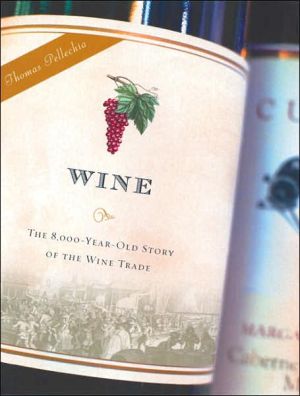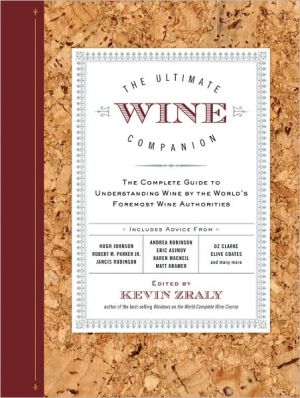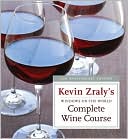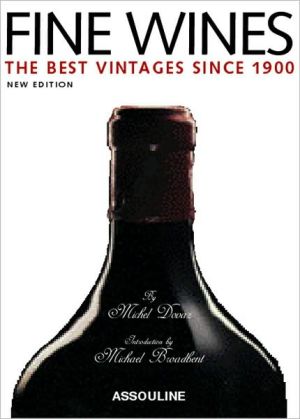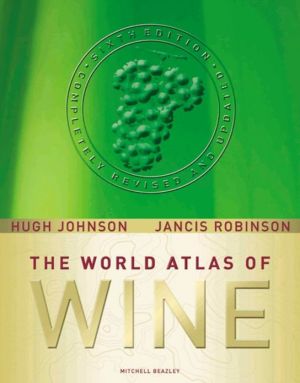Wine: The 8,000-Year-Old Story of the Wine Trade
The grape pre-dates humans, so it's hard to know who discovered wine. However, archeological and other discoveries have made it easier to find this out since wine was used to meet spiritual needs. At least, this is the story that is usually told. But when civilization began about 8,000 years ago it didn't take long for wine to move from an instrument of spirituality to a dominant economic power; all it took was the development of trade. Thereafter, the life and death of certain cultures often...
Search in google:
The grape pre-dates humans, so it’s hard to know who discovered wine. However, archeological and other discoveries have made it easier to find this out since wine was used to meet spiritual needs. At least, this is the story that is usually told. But when civilization began about 8,000 years ago it didn't take long for wine to move from an instrument of spirituality to a dominant economic power; all it took was the development of trade. Thereafter, the life and death of certain cultures often depended upon the fortunes of wine trading. Wine may have even sparked the earliest wars.Presenting its history from a commercial perspective, Wine reveals how the historically powerful wine trade has been a catalyst in many important developments throughout the ages such as sea mercantilism, early glass blowing, cooperage and cork production, trade fairs and festivals, advertising and promotion, the survival of civilization during the so-called Dark Ages, war financing, placating or pacifying troops, tranquilizing marauders, politics, literature and more. Publishers Weekly In the long list of books about wine, few have focused exclusively on the story of its trade-the business of getting the fermented product from vineyard to consumer. Pellechia (Garlic, Wine and Olive Oil), a New York City wine merchant and former vintner, seeks to address the subject with his ambitious historical survey. The oldest archeological evidence of wine making dates to about 6000 B.C., from a site in what is now the country of Georgia. Wine was traded in Hammurabi's Mesopotamia and in pharaonic Egypt, and its production expanded exponentially in tandem with the Greco-Roman empires. After the fall of Rome, the Christian church sanctioned wine making and its trade, and with the coming of the Renaissance and the early modern period, the business progressed in step with other improvements in transportation, politics and commerce. Pellechia has done his research, packing a lot into a short book about a large subject, and while his exposition and style are workmanlike, his effort and enthusiasm come through. The story comes to fuller life the closer it gets to the present day; maps and parenthetical observations offer additional touches of color. (Aug.) Copyright 2006 Reed Business Information.
1The discovery of wine32Of water, wine, and early civilization93The wine trade crosses the seas174Egypt255Classical Greece and Etruria316The rise437Into darkness558The French, Germans, and Hungarians699The Middle Ages7710Exploration9511Innovations11512Going global13113Disaster14314Modernization15715New rules and wars16916The first half18517The second half211Epilogue : the future235
\ Publishers WeeklyIn the long list of books about wine, few have focused exclusively on the story of its trade-the business of getting the fermented product from vineyard to consumer. Pellechia (Garlic, Wine and Olive Oil), a New York City wine merchant and former vintner, seeks to address the subject with his ambitious historical survey. The oldest archeological evidence of wine making dates to about 6000 B.C., from a site in what is now the country of Georgia. Wine was traded in Hammurabi's Mesopotamia and in pharaonic Egypt, and its production expanded exponentially in tandem with the Greco-Roman empires. After the fall of Rome, the Christian church sanctioned wine making and its trade, and with the coming of the Renaissance and the early modern period, the business progressed in step with other improvements in transportation, politics and commerce. Pellechia has done his research, packing a lot into a short book about a large subject, and while his exposition and style are workmanlike, his effort and enthusiasm come through. The story comes to fuller life the closer it gets to the present day; maps and parenthetical observations offer additional touches of color. (Aug.) Copyright 2006 Reed Business Information.\ \ \ \ \ Library JournalPellechia has written about food and wine for 20 years; he is the author of numerous articles as well as the book Garlic, Wine and Olive Oil: Historical Anecdotes and Recipes. The author is also an experienced winemaker, educator, and seller. Pellechia lends his extensive knowledge to this well-researched book about the wine trade, which uniquely deviates from similar titles focusing on food pairings and consumer education. It is also global in coverage, charting the wine trade from ancient Mesopotamia to the current U.S. market. As a popular and respected expert on the subject, Pellechia offers a mixture of historical, geographical, and economic analysis. His love for the topic is evident in his depth of coverage and engaging tone. Readers with less interest in wine may find Pellechia's presentation of the geopolitical events surrounding the topic satisfying; for the causal reader, though, there may be more information than desired. Recommended for special libraries and public libraries with strong cookery collections.-Meagan Storey, Virginia Wesleyan Coll., Norfolk Copyright 2006 Reed Business Information.\ \
